Which fl can be used to perform a vfr flight on a magnetic track of 200° ? [ Formation assignment ]
Question 6-1 : Fl 085 fl 050 fl 100 fl 095
Which fl can be used to perform a vfr flight on a magnetic track of 170° ?
Question 6-2 : Fl 095 fl 100 fl 050 fl 045
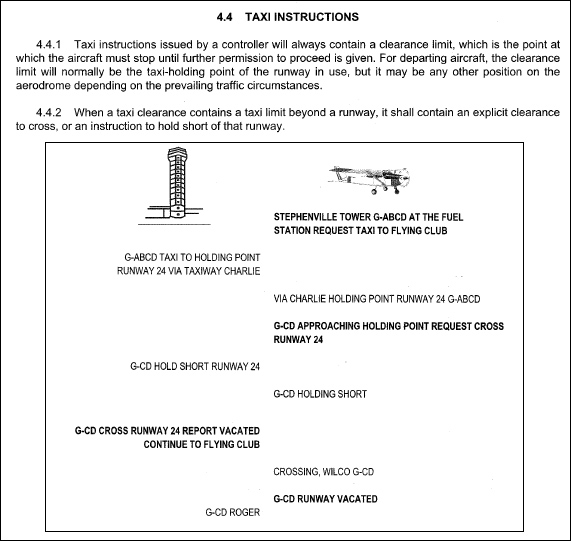 Fl 095.
Fl 095. Except when necessary for take off or landing a vfr flight over congested areas ?
Question 6-3 : 300 m above the highest obstacle within a radius of 600 m from the aircraft 600 m above the highest obstacle within a radius of 300 m from the aircraft 300 m above the highest obstacle 300 m above the highest obstacle within a radius of 600 ft from the aircraft
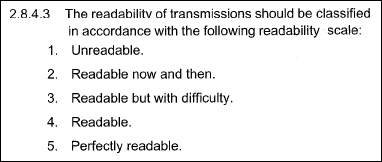 300 m above the highest obstacle within a radius of 600 m from the aircraft.
300 m above the highest obstacle within a radius of 600 m from the aircraft. Outside congested areas of cities towns or settlements or over an open air ?
Question 6-4 : 500 ft 1000 ft 2000 ft 150 ft
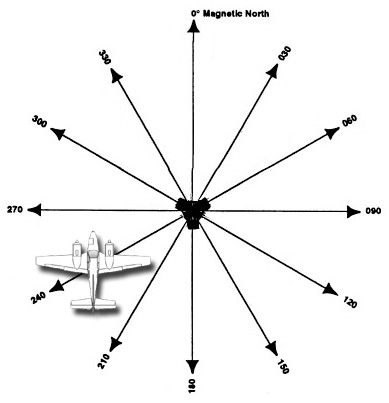 500 ft.
500 ft. Interception.the standard phrase with the meaning 'position unknown' for use by ?
Question 6-5 : Am lost navigation lost position lost orientation lost
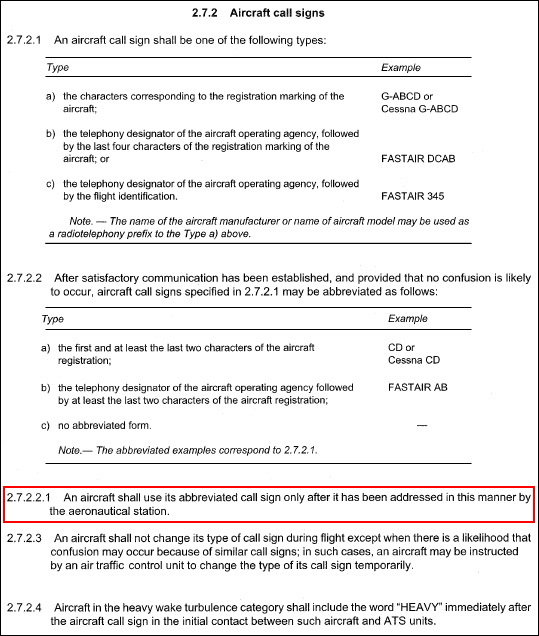 Am lost.
Am lost. Interception.if radio contact is established during interception but ?
Question 6-6 : You land land here land now proceed landing
A glider and an aircraft towing a banner are on a converging course which has ?
Question 6-7 : Glider regardless of position towing aircraft when the glider is on its left glider if the aircraft is on its left towing aircraft regardless of position
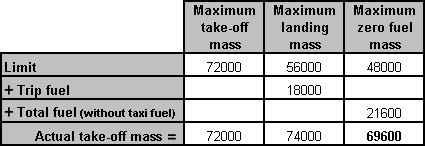 Glider regardless of position.
Glider regardless of position. When two or more aircraft are approaching an aerodrome for landing ?
Question 6-8 : Usually the lower aircraft has right of way if the higher aircraft is closer to the runway than the lower aircraft it has the right of way a lower aircraft that is faster may cut in front of a slower higher aircraft the lower aircraft must give way to the higher aircraft
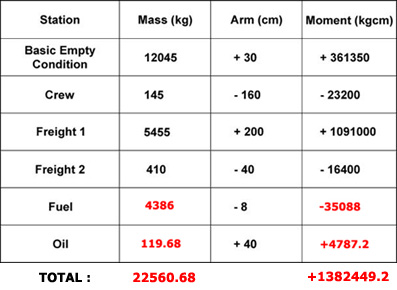 Usually the lower aircraft has right of way.
Usually the lower aircraft has right of way. You are on an ifr flight executing a circling approach a descend below the mda ?
Question 6-9 : 1 2 3 2 3 1 3 1 2
 1, 2, 3.
1, 2, 3. A glider and a power driven aircraft are on the approach to land the glider is ?
Question 6-10 : The glider the slower aircraft the faster aircraft the power driven aircraft
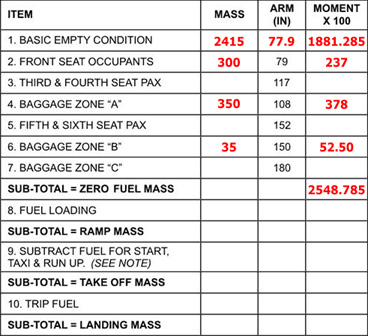 The glider.
The glider. Over congested areas of cities towns or settlements or over an open air ?
Question 6-11 : 1000 ft 600 ft 2000 ft 150 ft
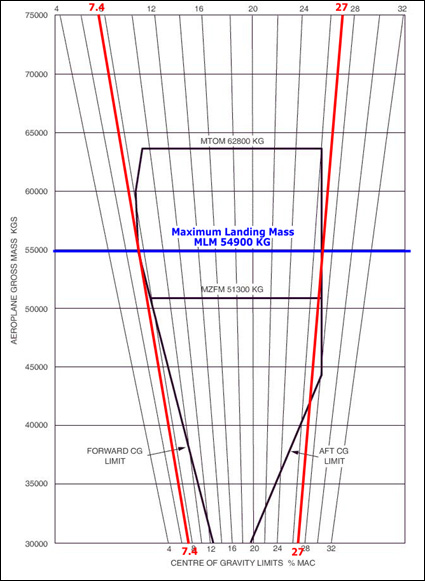 1000 ft.
1000 ft. Annex 2 rules of the air general rules.a time check shall be obtained ?
Question 6-12 : Prior to operating a controlled flight and at such other times during the flight as may be necessary from atc only before a controlled flight after take off but before the first position report before any flight
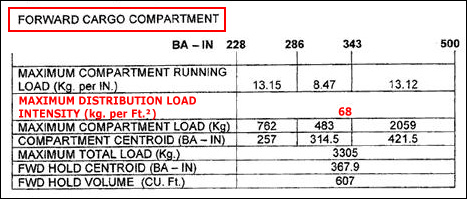 Prior to operating a controlled flight and at such other times during the flight as may be necessary.
Prior to operating a controlled flight and at such other times during the flight as may be necessary. While flying at night another aircraft reports that you are on his 100° ?
Question 6-13 : Green navigation light green and white navigation lights red navigation light white navigation light
 Green navigation light.
Green navigation light. Interception.if radio contact is established during interception but ?
Question 6-14 : Call sign what call sign call number ident ident
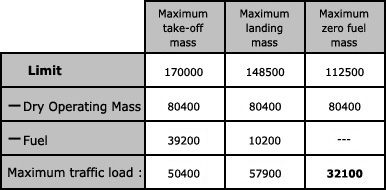 Call sign.
Call sign. Where two or more closely spaced aerodromes are located so that coordinated ?
Question 6-15 : The highest that would be required if the aerodromes were considered separately an average of each transition altitude the lower that would be required if the aerodromes were considered separately 2000 ft above the highest aerodrome
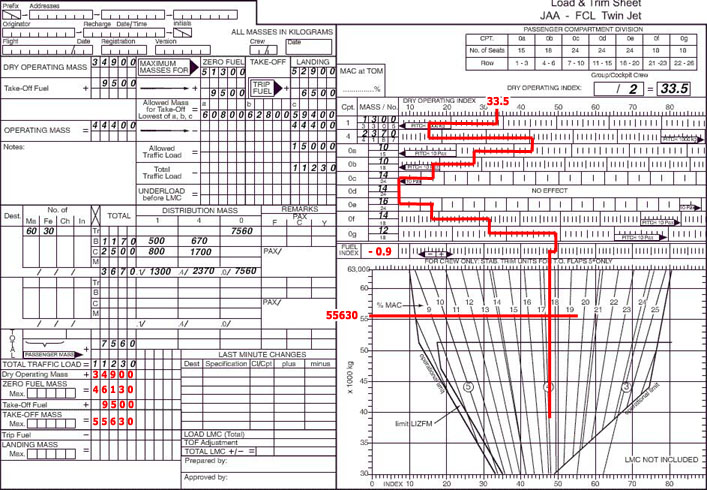 The highest that would be required if the aerodromes were considered separately.
The highest that would be required if the aerodromes were considered separately. The calculated height of the transition level shall be rounded up to the next ?
Question 6-16 : 500 ft 200 ft 100 ft 1500 ft
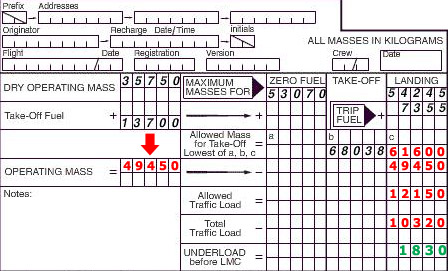 500 ft.
500 ft. Visual signals .whilst flying in an aerodrome's traffic circuit the pilot of an ?
Question 6-17 : Land at this aerodrome and proceed to apron aerodrome unsafe do not land continue circling and wait for further instructions airfield closed temporarily continue circling
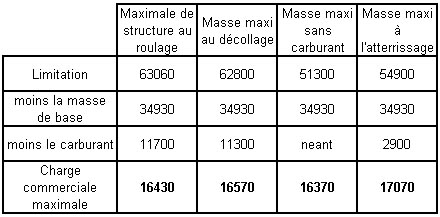 Land at this aerodrome and proceed to apron.
Land at this aerodrome and proceed to apron. After an aircraft has been intercepted in flight the intercepted aircraft is ?
Question 6-18 : Will comply no understood you are not to enter this airspace
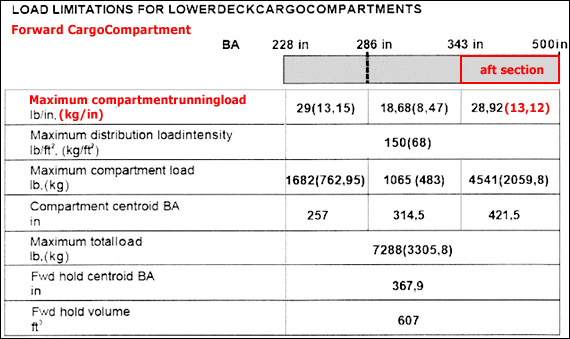 Will comply.
Will comply. A circling approach is ?
Question 6-19 : A visual flight manoeuvre keeping the runway in sight a visual manoeuvre to be conducted only in imc a flight manoeuvre to be performed only under radar vectoring a contact flight manoeuvre
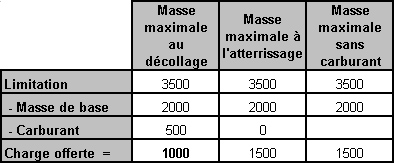 A visual flight manoeuvre keeping the runway in sight.
A visual flight manoeuvre keeping the runway in sight. Abbreviations what does the abbreviation ois mean doc 8168 ?
Question 6-20 : Obstacle identification surface obstacle in surface obstacle identification slope obstruction in surface
At fl 110 the maximum speed at which an aircraft can enter a holding pattern is ?
Question 6-21 : 230 kt ias 240 kt ias 230 kt tas 240 kt tas
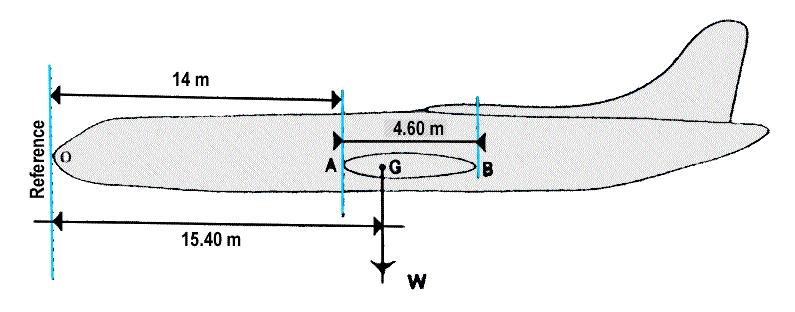 230 kt ias.
230 kt ias. A descent or a climb conducted in a holding pattern is called ?
Question 6-22 : A shuttle a procedure turn a base turn a race track
An approaching aircraft may descent below the msa if ?
Question 6-23 : All mentioned answers are correct the pilot has the field and the underlying terrain in sight and will keep it in sight the aircraft gets radar vectors the pilot is following the published approach procedure
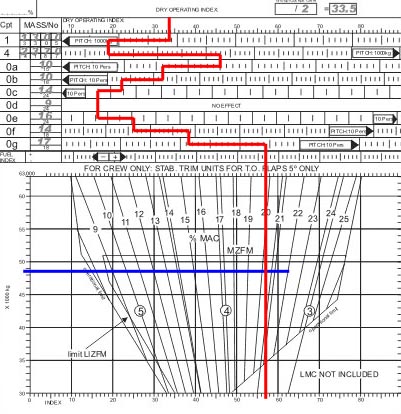 All mentioned answers are correct.
All mentioned answers are correct. Approach procedures arrival and approach segments intermediate approach ?
Question 6-24 : 300m 984 ft reducing to 150 m 492 ft 150m 492 ft reducing to 0 m 450m 1476 ft reducing to 150 m 492 ft 300 m 984 ft reducing to 0 m
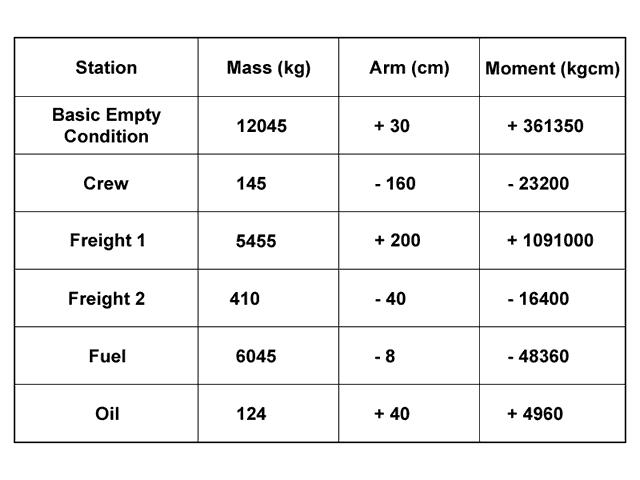 300m (984 ft) reducing to 150 m (492 ft).
300m (984 ft) reducing to 150 m (492 ft). Approach procedures circling .it is permissible to eliminate from ?
Question 6-25 : Prohibits circling within the total sector in which the obstacle exists permits circling only in vmc recommends not to perform circling within the total sector in which the obstacle exists prohibits the circling approach to the affected runway
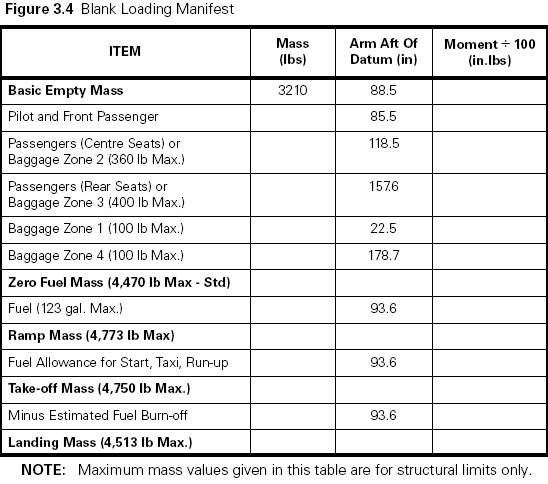 Prohibits circling within the total sector in which the obstacle exists.
Prohibits circling within the total sector in which the obstacle exists. Approach procedures .the term used to describe the visual phase of flight after ?
Question 6-26 : Visual manoeuvring circling contact approach aerodrome traffic pattern visual approach
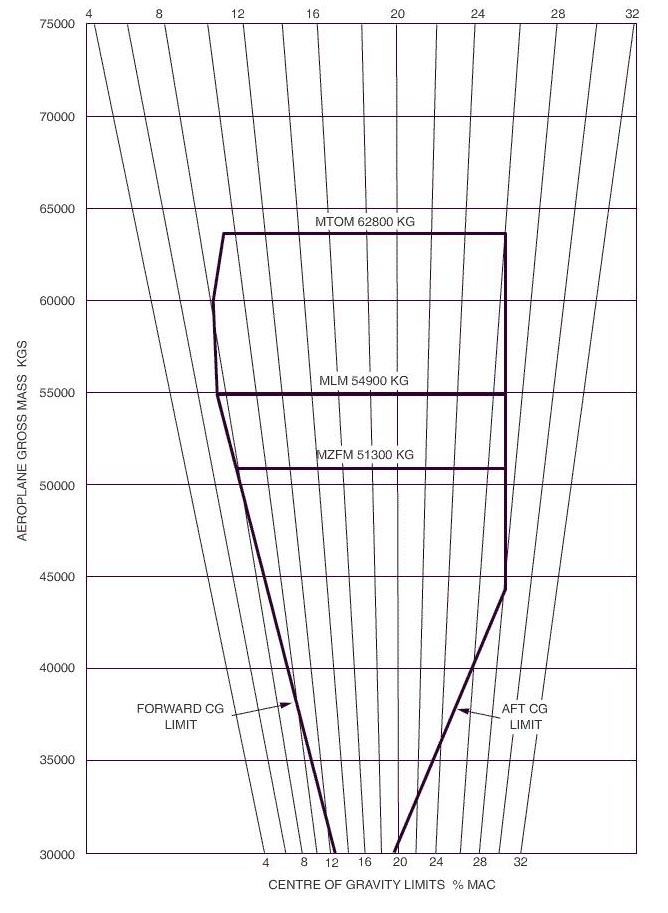 Visual manoeuvring (circling).
Visual manoeuvring (circling). Approach procedures final approach segment .in a precision approach ils ?
Question 6-27 : Half a scale deflection after being established on the track one full scale deflection after being established on the track a quarter of a scale deflection after being established on the track one and a half of a scale deflection after being established on the track
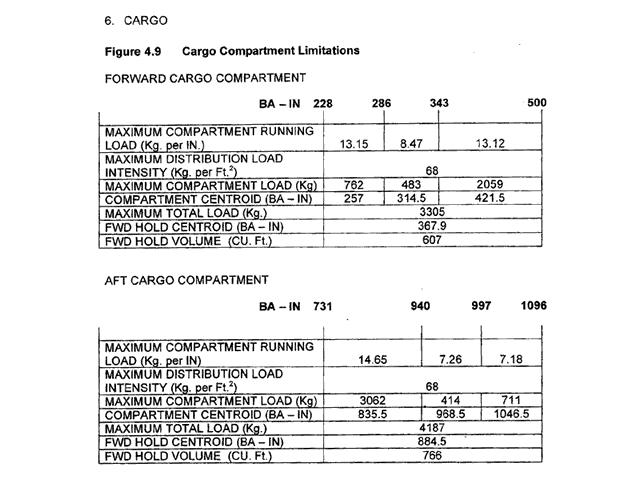 Half a scale deflection after being established on the track.
Half a scale deflection after being established on the track. Approach procedures final approach segment .in a precision approach ils the ?
Question 6-28 : Fap faf map if
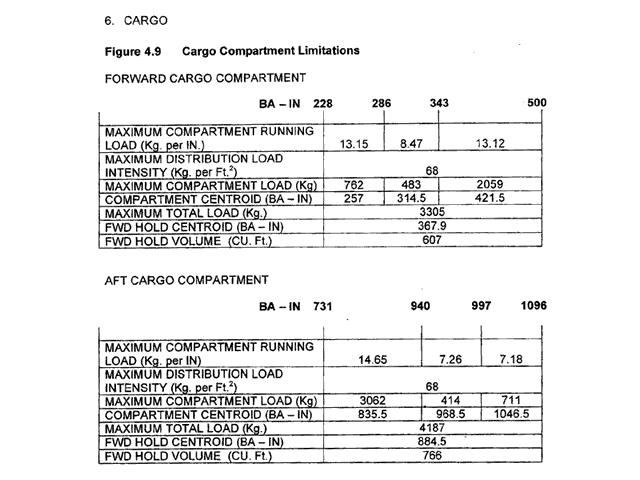 Fap.
Fap. Approach procedures instrument approach area .the primary area of an ?
Question 6-29 : A defined area symmetrically disposed about the nominal flight track in which the minimum obstacle clearance is provided the first part of the segment the most critical part of the segment where the minimum altitude should be kept very carefully the outside part of the segment where the obstacle clearance increases from 0 ft to the appropriate minimum
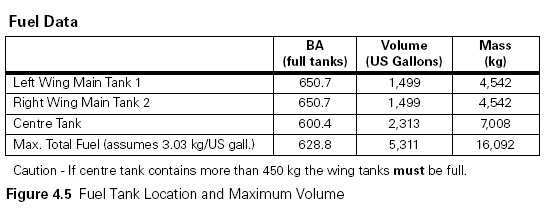 A defined area symmetrically disposed about the nominal flight track in which the minimum obstacle clearance is provided.
A defined area symmetrically disposed about the nominal flight track in which the minimum obstacle clearance is provided. Approach procedures mdh / och .for a non precision or circling approach the ?
Question 6-30 : The obstacle clearance height och 200 ft 350 ft 400 ft
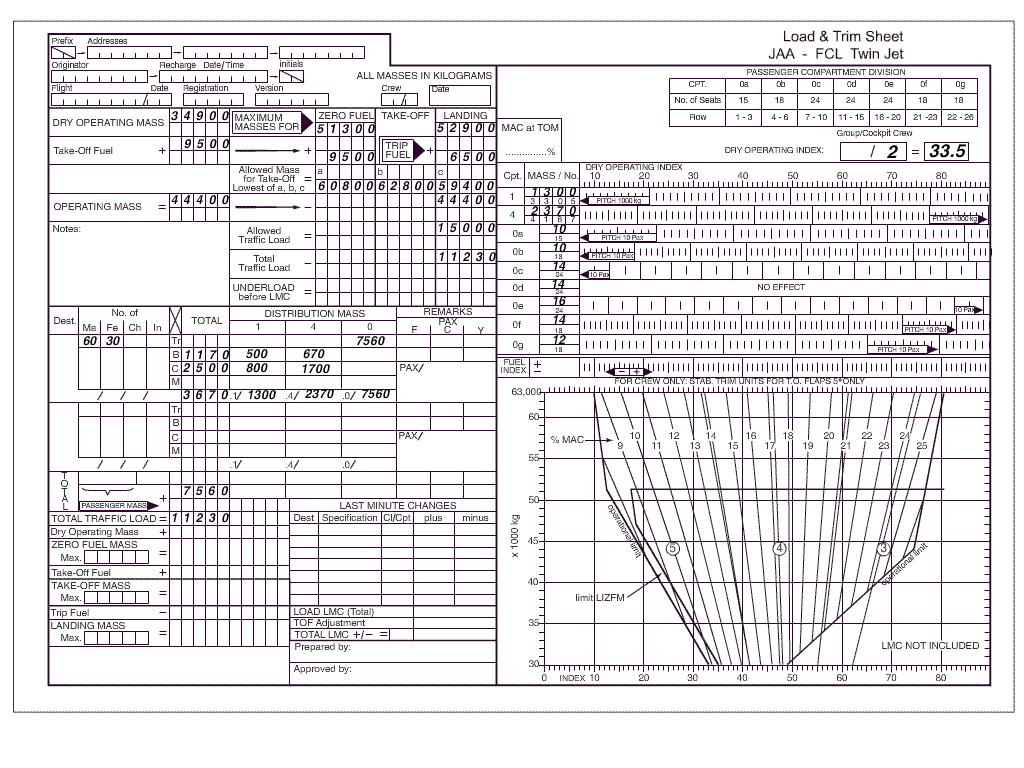 The obstacle clearance height (och).
The obstacle clearance height (och). Approach procedures minimum sector altitudes / msa .minimum sector altitudes ?
Question 6-31 : 25 nm 10 nm 20 nm 5 nm
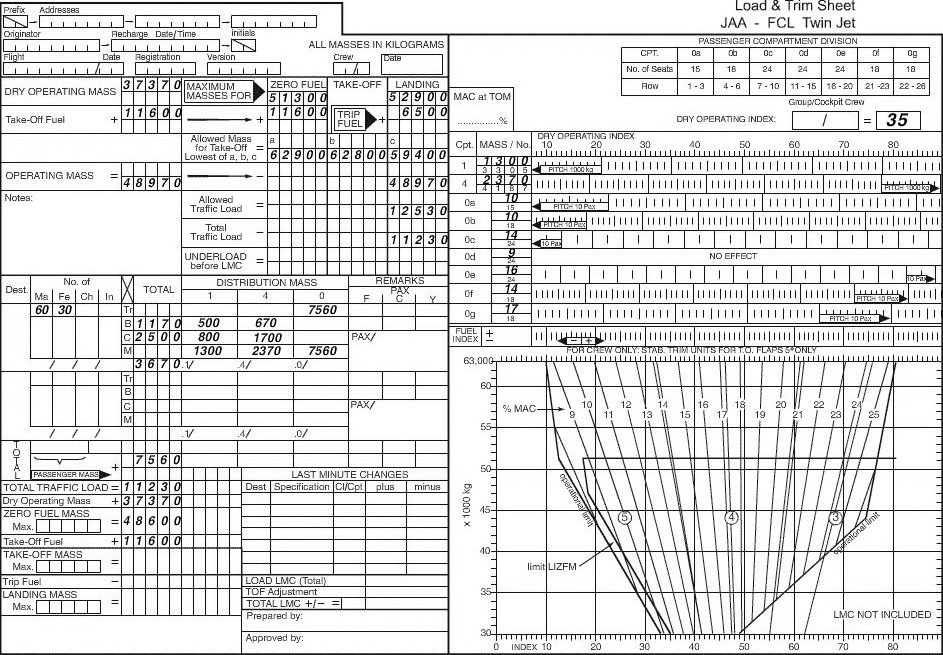 25 nm.
25 nm. Approach procedures missed approach phases .a complete missed approach ?
Question 6-32 : Initial intermediate and final initial and final arrival initial intermediate and final arrival intermediate and final
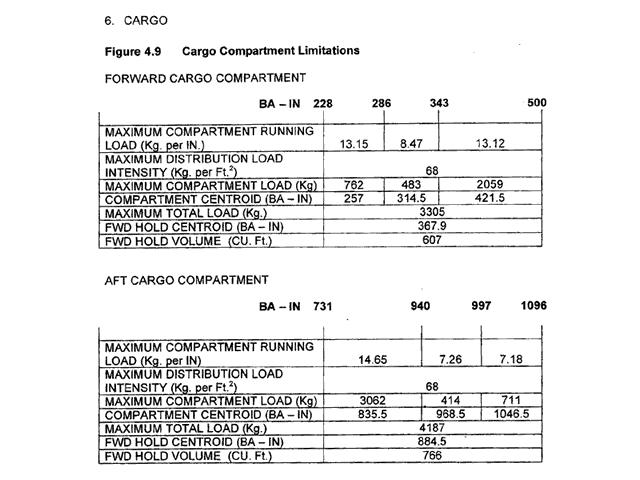 Initial, intermediate and final.
Initial, intermediate and final. Approach procedures missed approach climb .normally the missed approach ?
Question 6-33 : 2 5% 2% 5% 3 5%
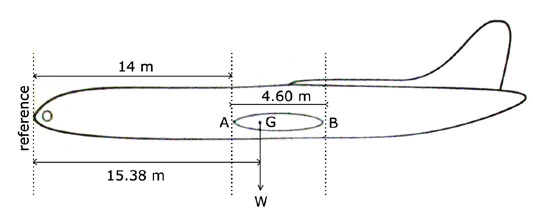 2.5%.
2.5%. Approach procedures non precision straight in .a so called 'straight in ?
Question 6-34 : 30° or less 40° or less 20° or less 10° or less
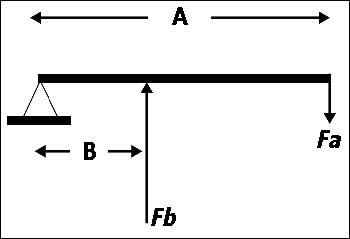 30° or less.
30° or less. Approach procedures arrival and approach segments .the minimum obstacle ?
Question 6-35 : 300m 984 ft 150m 492 ft 450m 1476 ft 600m 1968 ft
Approach segments in an instrument approach procedure the segment in which ?
Question 6-36 : Final approach segment initial approach segment intermediate approach segment arrival segment
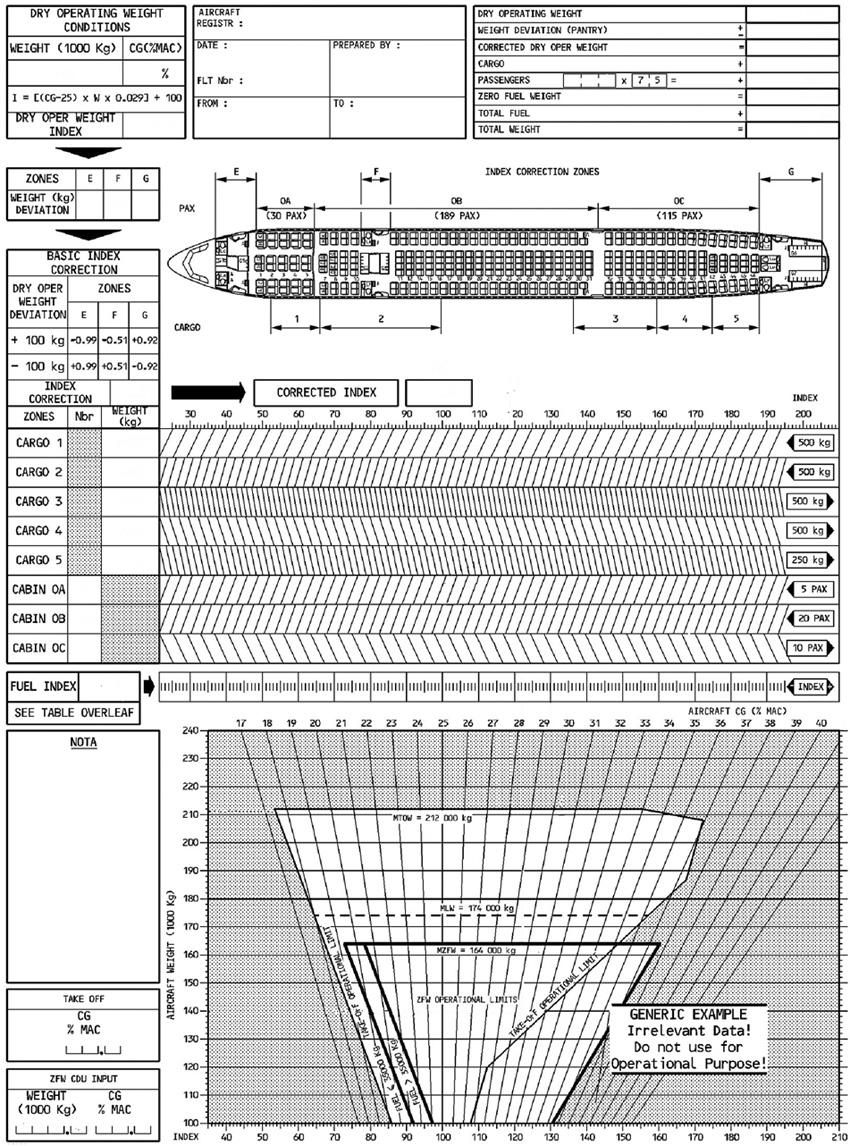 Final approach segment.
Final approach segment. Arrival and approach segments general .what are the names of all separate ?
Question 6-37 : Arrival initial intermediate final missed approach initial intermediate final arrival holding initial intermediate final missed approach descend holding arrival initial intermediate final missed approach
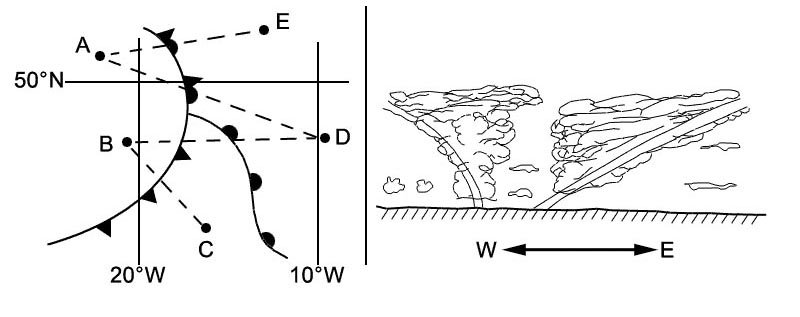 Arrival, initial, intermediate, final, missed approach.
Arrival, initial, intermediate, final, missed approach. Altimeter setting procedures .the transition from altitude to flight level and ?
Question 6-38 : At the transition altitude during climb and at the transition level during descent at the transition level during climb and at the transition altitude during descent only at the transition altitude only at the transition level
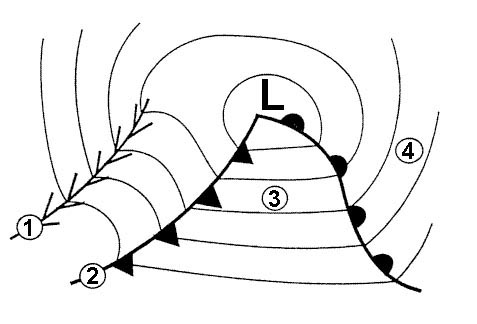 At the transition altitude during climb, and at the transition level during descent.
At the transition altitude during climb, and at the transition level during descent. Circling approach .one of the conditions to descent below the mda on a circling ?
Question 6-39 : The required visual references have been established and can be maintained the landing runway and an alternative landing possibility runway are in sight the horizontal visibility is at least 5 nm and the ceiling is 1500 ft or higher the ceiling is 1500 ft or higher
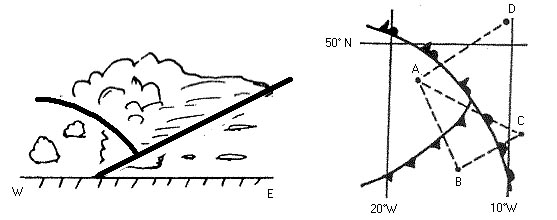 The required visual references have been established and can be maintained.
The required visual references have been established and can be maintained. Definitions icao doc 8168 .what is a turn executed by the aircraft during the ?
Question 6-40 : Base turn procedure turn race track reversal procedure
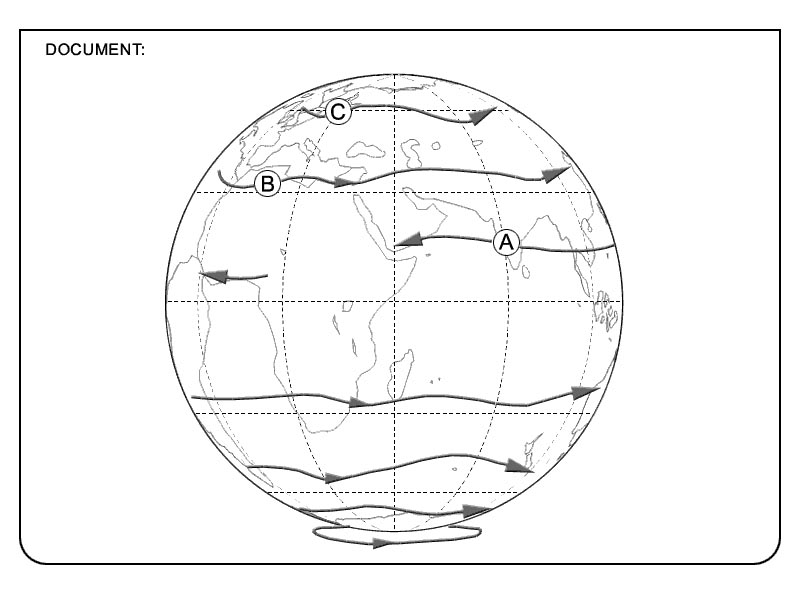 Base turn.
Base turn. ~
Exclusive rights reserved. Reproduction prohibited under penalty of prosecution.
199 Free Training Exam Other source study: Ppl exam examen 6
